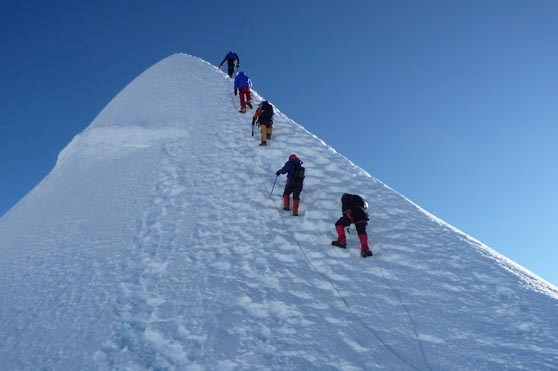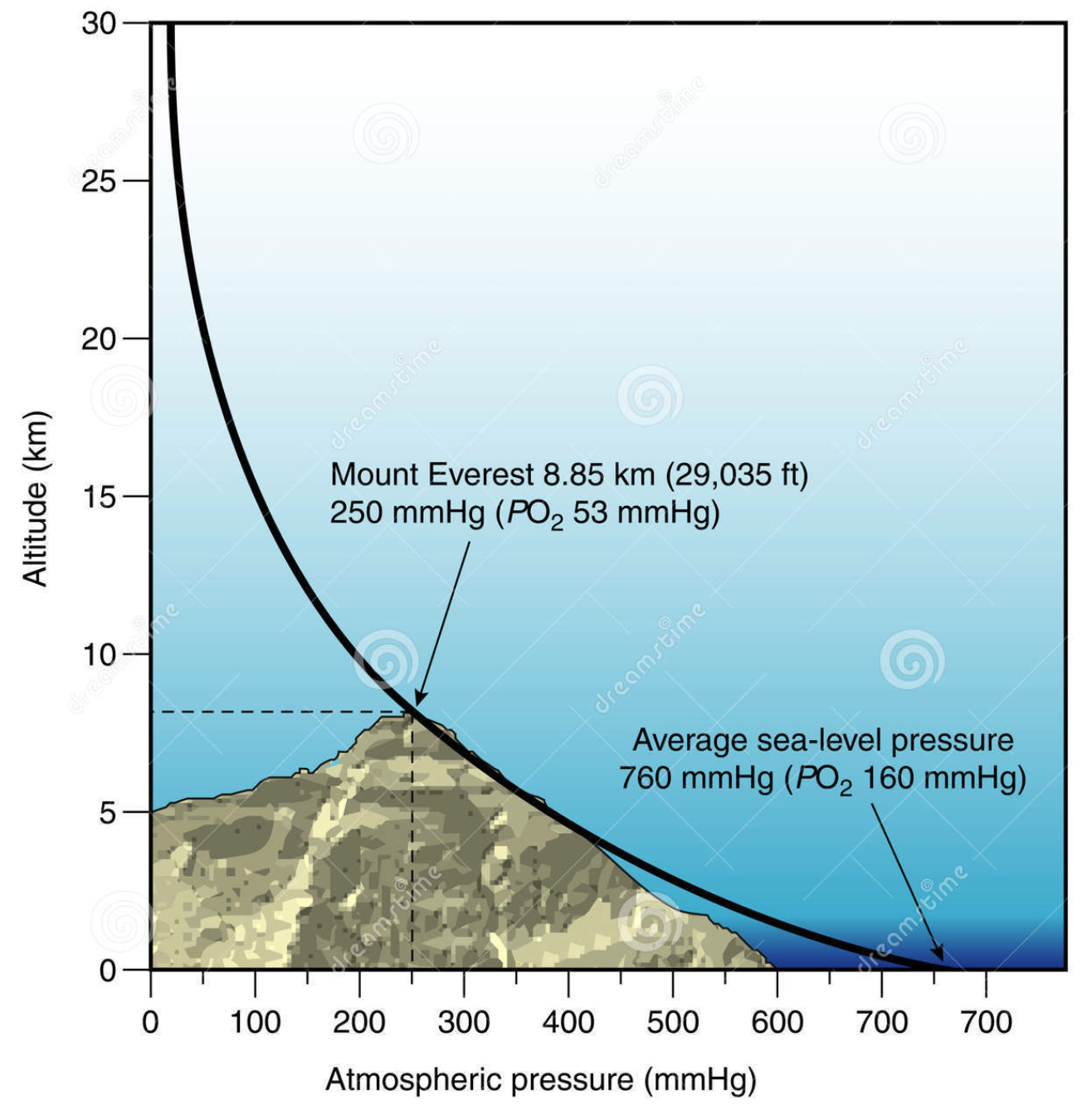
High-Altitude Pulmonary Edema (HAPE) is a terminal reaction of the lungs to low-oxygen conditions and is the number one cause of death in high altitude environments. When it comes to mountaineering and backcountry snow sports, the excitement of peak-bagging, if not managed with caution and preparedness, can be costly. We all know the fable of the tortoise and the hare; slow and steady wins the race and the ego of speed can lead to failure. In high-altitude environments, this failure can be of the body despite all determination of the mind. Without adequate medical treatment this can, and has, cost people their lives.

While many people are familiar with the effects of Acute Mountain Sickness (AMS), which is usually not life threatening, less common is the phenomenon of High-Altitude Pulmonary Edema (HAPE). While early symptoms of both illnesses include shortness of breath and dizziness, AMS tends to occur during ascent within a few hours (in ~50% of people) and with rest and medication can often clear up quickly, allowing ascents to continue. According to Dr. Roach in the journal Medical Aspects of Harsh Environments: HAPE, while only affecting ~1% of people, can show symptoms anywhere from 1-4 days after the exposure, and without adequate medical treatment is terminal. Descent is necessary as oxygen treatment and airway support along with medication are important to recovery.

Additional to symptoms of shortness of breath and dizziness include coughing (sometimes spotted with blood) and occasionally frothing at the mouth, extreme lethargy or tiredness, chest tightness and skin discoloration. HAPE occurs as a result of the body’s coping mechanisms to the low levels of oxygen found at higher altitudes. While the low amounts of oxygen itself does not cause HAPE, the inability to acclimate can send the pulmonary (lung) systems of the body into overdrive. This causes excess fluid in the air pockets of the lungs. This fluid inhibits the ability of the lungs to exchange oxygen to carbon dioxide, essentially slowly suffocating the victim.
While only ~1% of people will experience HAPE, it is the leading cause of death to high-altitude exposure. Who is susceptible to HAPE is not well understood, but occurrences happen even in otherwise healthy and fit mountaineers. Perhaps the most daunting factor is the delayed symptoms, showing that even though people may feel fine to push themselves onward now, they could already be in the process of inducing HAPE. One thing remains common in that all cases are due lack of acclimatization. In this sense, embodying the hare in this classic fable can lead to HAPE and other high-altitude ailments- while slow and steady leads to the summit.